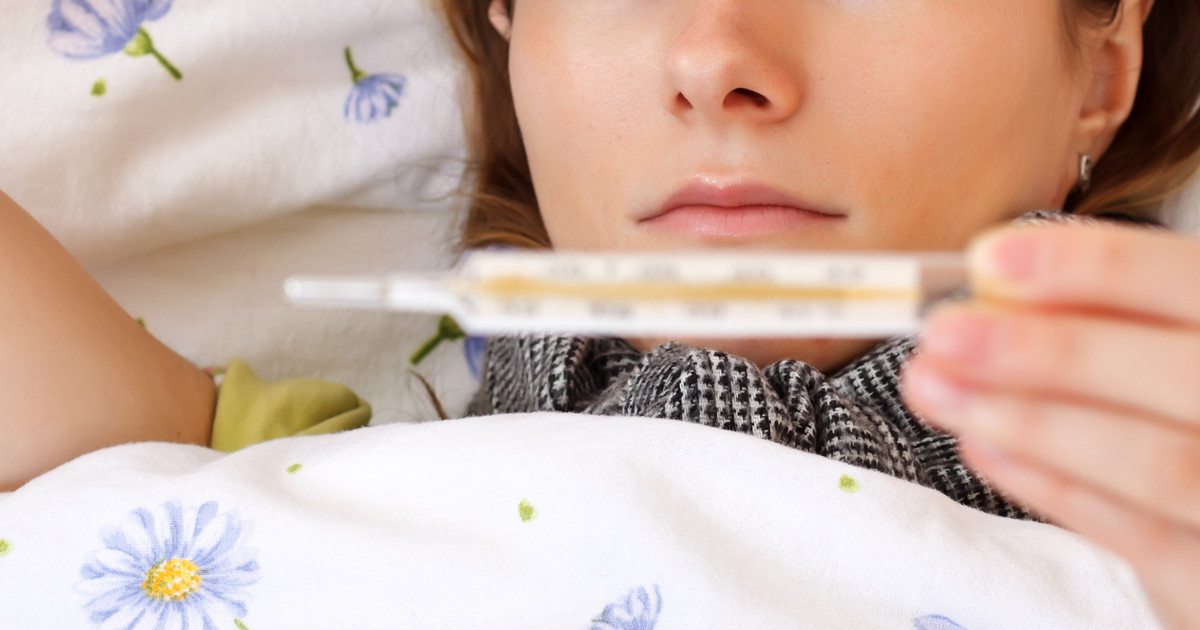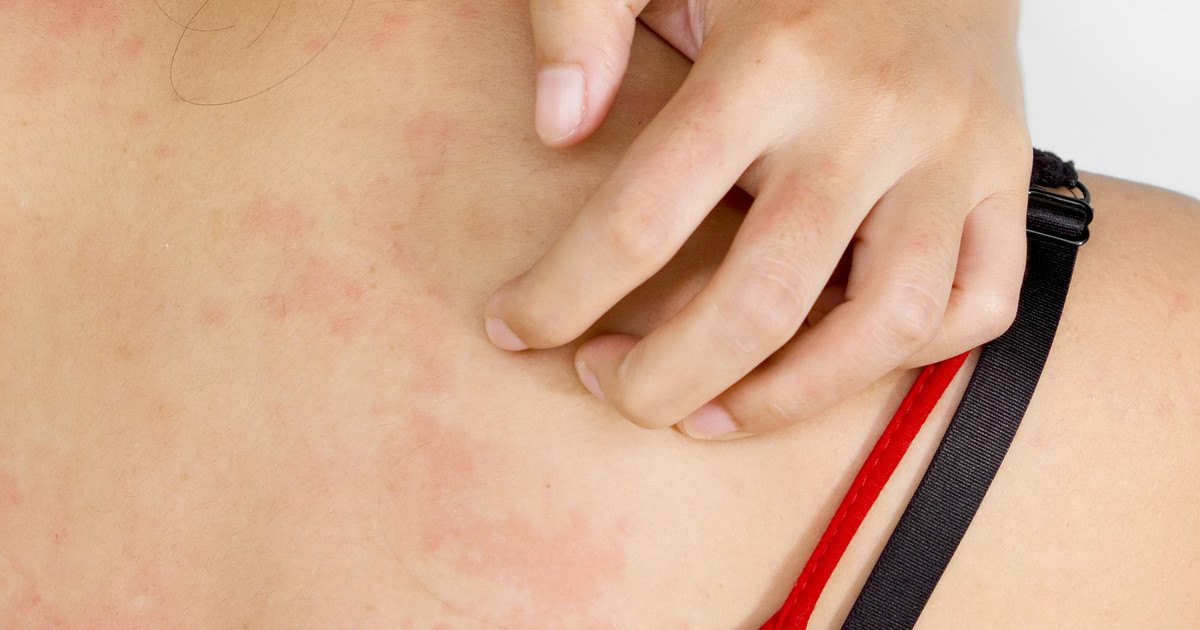What Are The Warning Signs Of Stevens-Johnson Syndrome?
Stevens-Johnson syndrome, which is quite serious, seems to affect an individual's skin and mucous membranes. Medication reactions appear to be the main cause. This may be a reaction to a new medication or a higher dose of a current one. Patients may experience the reaction up to two weeks after stopping a medication. Medications that seem to have the ability to cause this condition include medicine for gout and pain medication. Antipsychotics and anticonvulsants may be other examples. Some infections may also trigger this condition.
Emergency medical attention at the hospital appears to be the main Stevens-Johnson syndrome treatment. Medication for Stevens-Johnson syndrome may be included. This might mean pain medication, antibiotics, and topical steroids. However, patients may need to stop taking anything that is not essential to their health. They may also require fluid replacement for Stevens-Johnson syndrome. Natural remedies for Stevens-Johnson syndrome may also help patients manage their symptoms.
Skin Rash
Patients may not have a rash on their skin as the first symptom of this condition. However, many doctors consider this the most characteristic symptom. It also appears to be a serious one because of skin damage. Some patients may notice their skin becomes red in certain areas. Raised and reddened spots may also appear.
The skin rash linked to this condition is likely going to spread quite quickly. Patients may see the red patches form a rash first and then attack other parts of their skin. Some of them claim that their rash looks like a target. They can also expect it to form the most often on their palms, soles, face, and upper chest. However, the rash may not stay isolated there.
Continue reading to learn about more potential symptoms now.
Fever
It seems as if the first symptom of Stevens-Johnson syndrome to develop is a fever. However, they may not realize this is what caused their fever, as fevers can indicate many conditions. The fever may begin one to three days before the iconic rash appears. There may also be other flu-like symptoms at the same time. Patients with a fever may be encouraged to rest at home unless their temperature goes higher than 103 degrees Fahrenheit. There may also be an exception if other serious symptoms develop, especially when they are related to Stevens-Johnson syndrome.
Reveal more potential warning signs of this condition now.

